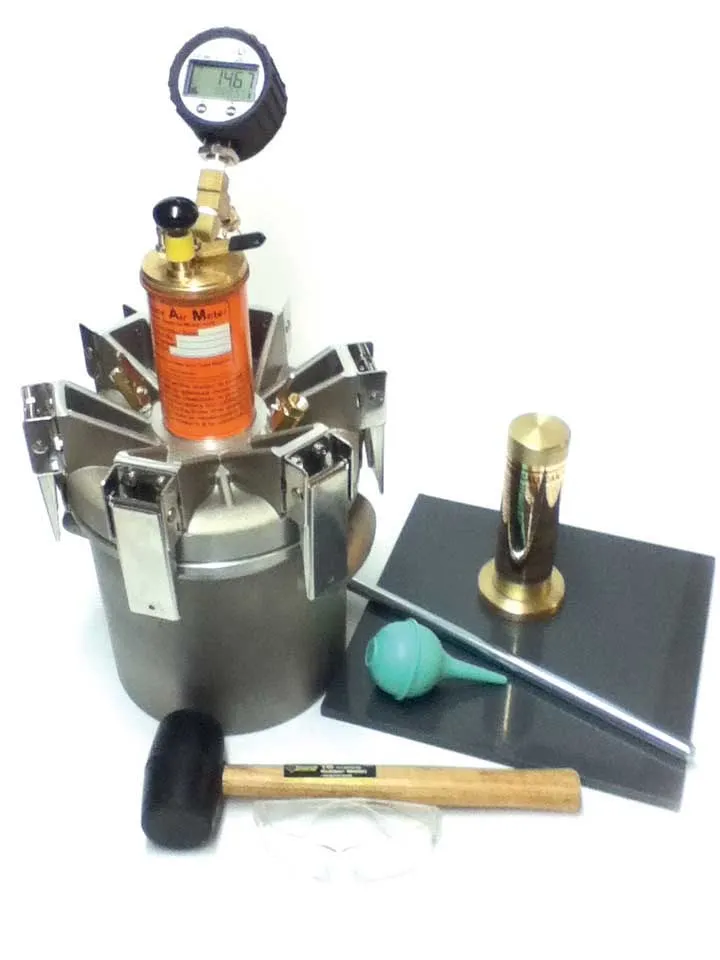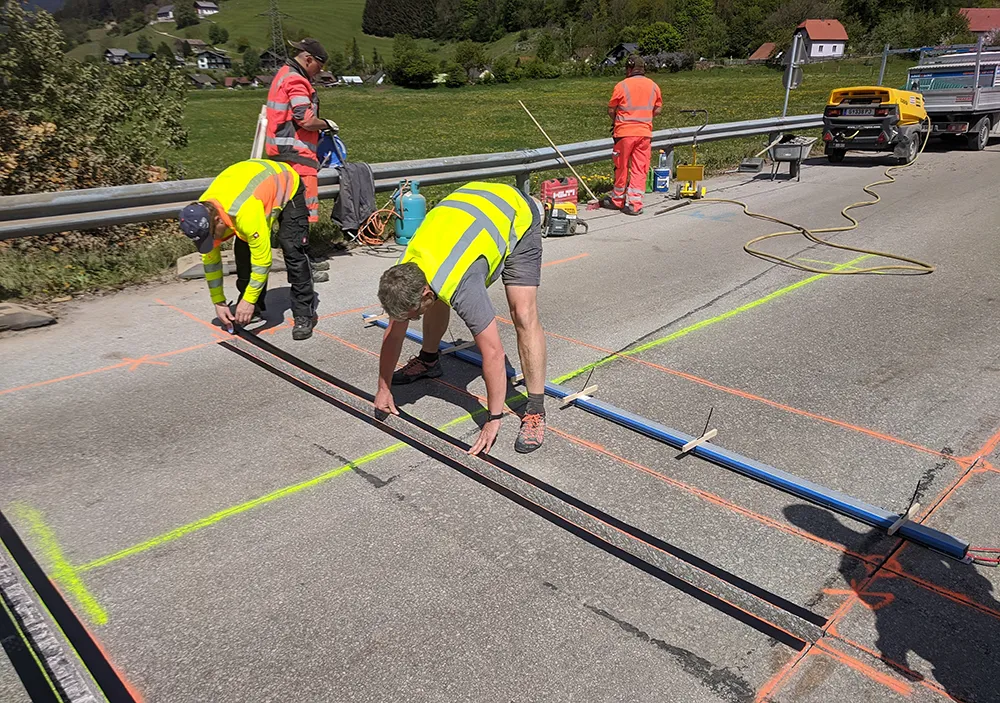Advanced research could provide warnings as to damage to infrastructure. The research project has been carried out jointly by the National Physical Laboratory and University of Strathclyde. This uses mathematical techniques to provide early warning signals of structural damage in civil megastructures. The technique uses tipping point analysis to review data from structural health sensors on civil constructions, identifying early warning signs of upcoming damage. According to the research partners, this is f
November 18, 2016
Read time: 2 mins
Advanced research could provide warnings as to damage to infrastructure. The research project has been carried out jointly by the National Physical Laboratory and University of Strathclyde. This uses mathematical techniques to provide early warning signals of structural damage in civil megastructures. The technique uses tipping point analysis to review data from structural health sensors on civil constructions, identifying early warning signs of upcoming damage. According to the research partners, this is far more effective than the current method of on-site checks by eye. This technique could shift structural health monitoring to being preventative rather than reactive, and could be of great benefit to the construction industry. A good example of where early warning techniques could have helped is with the 20 day Forth Road Bridge closure in 2015. Instead of causing long periods of delays, the issue could have been spotted far earlier and dealt with before it required such extreme action.
The method is reported in a paper; ‘Tipping point analysis of cracking in reinforced concrete’. And the system is is about to be tested on steel beams, taking the mathematical theory and applying it to real life. The aim from this is to develop hardware and software products that, together with existing sensors, will provide a rapid and automated means of monitoring the health of civil and construction projects throughout their lifetime.
The method is reported in a paper; ‘Tipping point analysis of cracking in reinforced concrete’. And the system is is about to be tested on steel beams, taking the mathematical theory and applying it to real life. The aim from this is to develop hardware and software products that, together with existing sensors, will provide a rapid and automated means of monitoring the health of civil and construction projects throughout their lifetime.









